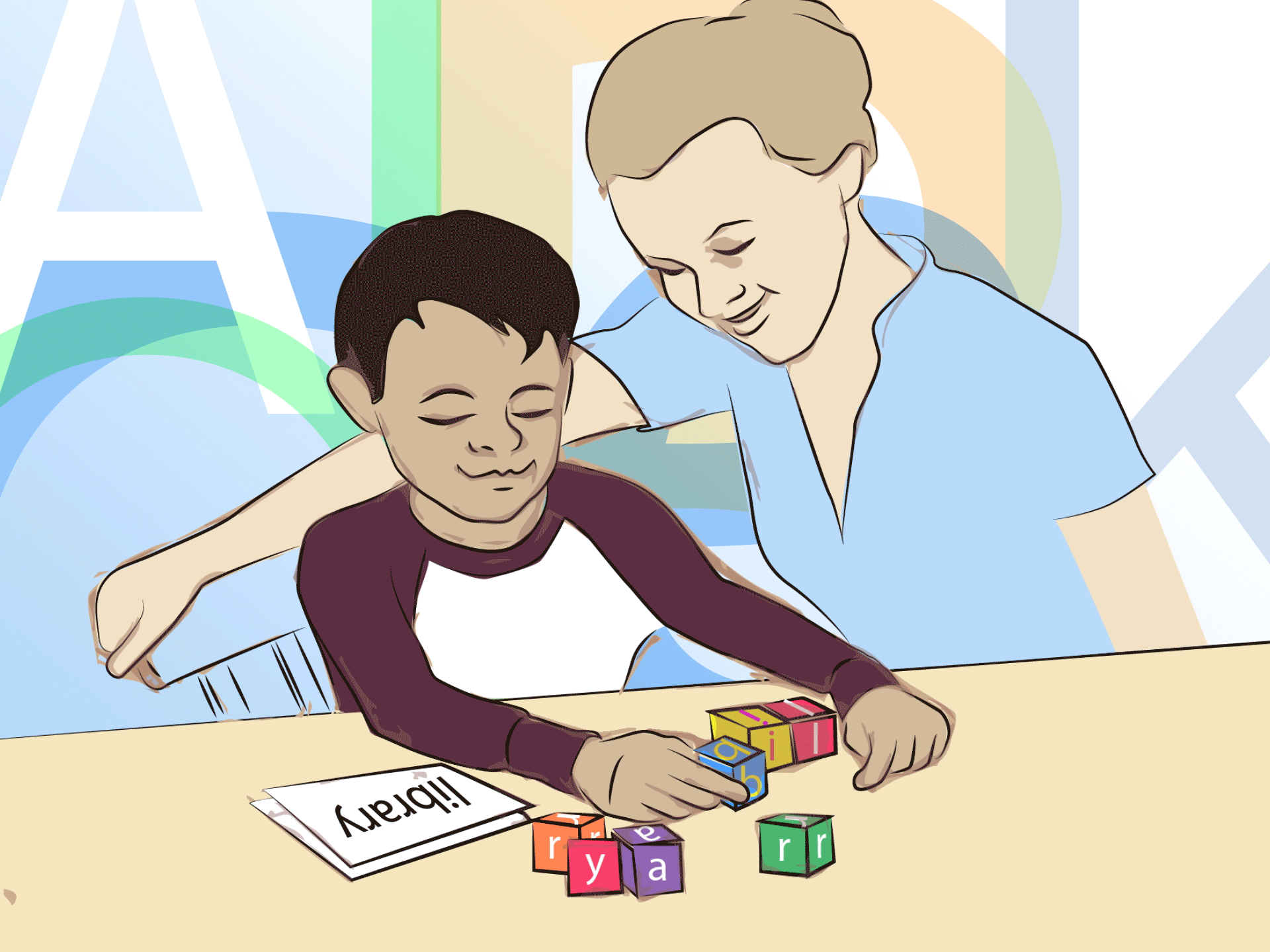
The most common predictor of dyslexia is impairment in phonological awareness. Consequently, most successful intervention programs explicitly target and work to build this skill. Let’s turn back to Chris. Chris entered kindergarten with poor “print knowledge.” He also struggled with the “phoneme play” that the teacher worked on in the classroom. His teacher recognized that he was struggling and initiated an intervention program. At this point, working on Chris’s sight word vocabulary might help in the short run, but will not give Chris the foundation he needs to keep building better skills. Instead, the teacher might address the factors that underlie his struggles with reading. Children with dyslexia need directed instruction and guided practice in phoneme skills. The more emphasis a program places on phonological awareness, the more successful it is for a child with dyslexia. In his program, Chris will receive one-on-one support from an instructor or in a small group. Together they will give special attention to his phoneme skills. They will work on splitting words into component sounds. They will focus on hearing each spoken sound individually. They will practice feeling the different mouth and tongue positions that create each individual sound. And they will work on sounding out increasingly difficult words, both real and fake. It is very effective to focus practice mainly on fake words. This will allow Chris to practice different phoneme combinations rather than memorizing the appearance of words he already knows. Of course as Chris’s phoneme skills grow, it will also be essential to practice reading to gain fluency. Interventions that work on fluency are more effective when paired with a strong phonics program. A successful reading intervention program builds a child’s foundational skills. It breaks the stigma of dyslexia. And it empowers a child to continue the work on their own through more practice reading books.
-
- Dyslexia
- a learning disability characterized by poor spelling and difficulties with word recognition and word decoding. It is unrelated to intelligence, motivation, or school experience
- Explicit instruction
- systematic and direct teaching that takes into account students’ prior knowledge
- Phonics-based reading instruction
- teaching focused on how letters represent sounds and how words can be sounded out by knowing letter-sound correspondences
- Plasticity
- the brain’s ability to change as a result of experience